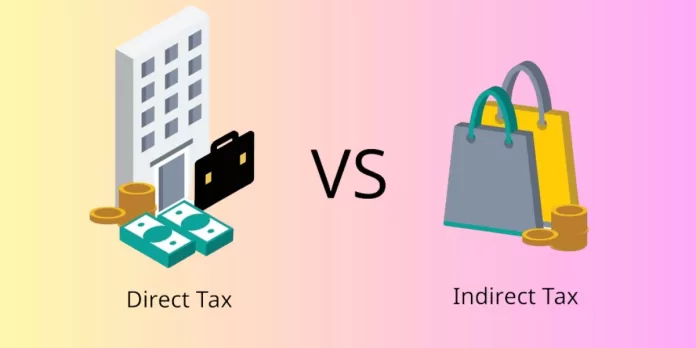Taxes are the financial backbone of a government, enabling it to fund various public services. They are broadly classified into two categories: direct taxes and indirect taxes. Understanding the distinction between these two is crucial for comprehending the financial mechanisms of a country.
What are Direct Taxes?
Direct taxes are levied directly on the income or wealth of individuals or organizations. The most significant feature of direct taxes is that the burden of payment falls on the entity that it is charged; it cannot be shifted to someone else. These taxes are considered progressive, as they are based on the ability to pay. The more one earns, the more tax they pay.
Types of Direct Taxes
- Income Tax: Charged on the income earned by individuals and entities.
- Capital Gains Tax: Levied on the profit from the sale of assets or investments.
- Corporate Tax: Imposed on the earnings of companies.
What are Indirect Taxes?
Indirect taxes, on the other hand, are levied on goods and services rather than on income or profits. These taxes are regressive as they take a larger percentage of income from low-income earners than from high-income earners. The most common example of an indirect tax is the Goods and Services Tax (GST).
Types of Indirect Taxes
- GST: A comprehensive tax levied on the manufacture, sale, and consumption of goods and services.
- Customs Duty: Imposed on imports and exports.
- Excise Duty: Charged on goods manufactured within the country.
India’s Tax Collection: A Quick Look
India’s tax system comprises both direct and indirect taxes, with the Central Board of Direct Taxes (CBDT) and the Central Board of Indirect Taxes and Customs (CBIC) being the governing bodies, respectively.
-
Direct Tax Collection in India
For the financial year 2023-24, India’s gross direct tax collections stood at Rs.9,87,061 crore, marking an 18.29% growth. The net direct tax collections were Rs.8,65,117 crore, including corporation and personal income taxes.
-
Indirect Tax Collection in India
The indirect tax collection for the fiscal year 2022-23 was projected at Rs. 13.30 lakh crore. As per the Union Budget estimates for the financial year 2023, indirect taxes accounted for 48.5% of the total central tax collection.
Check: Benefits of filing Income Tax Returns
Conclusion:
The balance between direct and indirect taxes is pivotal for economic stability and growth. While direct taxes are essential for equity, indirect taxes are crucial for simplicity and compliance. India’s tax collection data indicates a healthy mix of both, contributing to the nation’s development and welfare.


